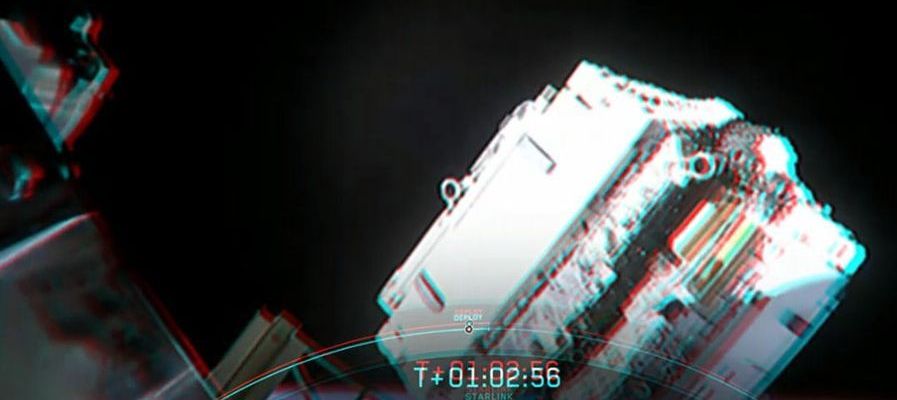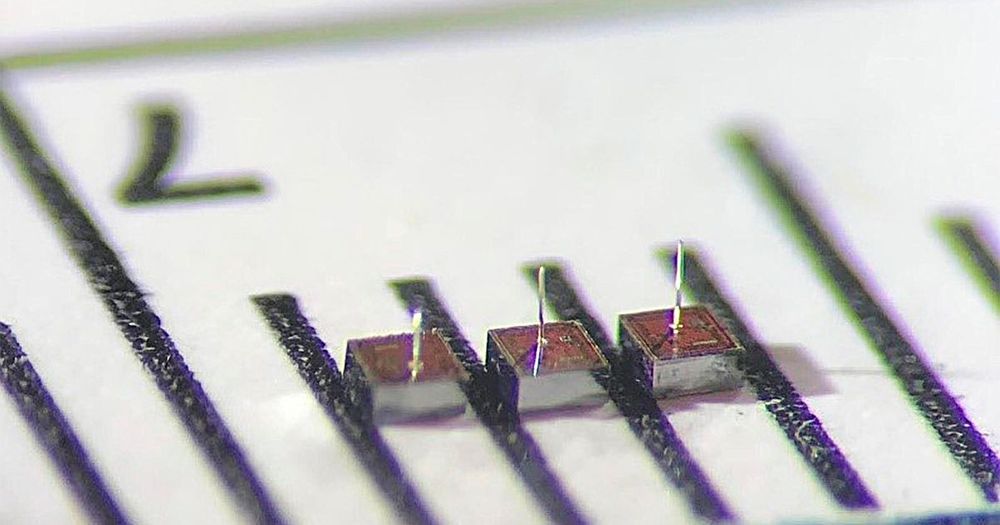SpaceX launched 60 internet satellites last week and their bright appearance has caused concern amongst astronomers, who say plans for 12,000 of them could ruin the night sky.




SpaceX just successfully let loose 60 of its tiny Starlink satellites, intended to bring internet broadband connectivity to people across the globe. While it’s a good start, the Elon Musk-led space company still has its work cut out to truly bring internet to all.
“In a year and a half, maybe two years, if things go well, SpaceX will probably have more satellites in orbit than all other satellites combined — a majority of the satellites in orbit will be SpaceX,” Musk said during a conference call last week, as quoted by Space.com.
Successful deployment of 60 Starlink satellites confirmed! pic.twitter.com/eYrLocCiws
A research team has developed a light beam device that could lead to faster internet, clearer images of space and more detailed medical imaging.
University of Queensland researcher and optical engineer Dr. Joel Carpenter worked with Nokia Bell Labs to build the device to tackle the challenge of splitting light into the shapes it is made up of, known as modes.
“Splitting a beam of light into colours is easy because nature gives you that one for free—think of rainbows or when light shines through glass at an angle,” Dr. Carpenter said.

Brain-computer interfaces have managed some amazing feats: allowing paralyzed people to type words and move a robot using only their minds, to name two examples. Brown University neuroengineering professor Arto Nurmikko has had a hand in some of those developments, but even he says the technology is at only a rudimentary stage—the equivalent of the computer understanding the brain’s intention to bend a single finger.
“We’re trying to go from the bending-of-the-finger paradigm to tying shoe laces and even to the concert pianist level. That requires lots more spatial and temporal resolution from an electronic brain interface,” Nurmikko says. His team is hoping that kind of resolution will come along with the transition from a single, hard wired neural implant to a thousand or more speck-size neural implants that wirelessly communicate with computers outside the brain. At the IEEE Custom Integrated Circuits Conference, engineers from Brown University, Qualcomm, and the University of California San Diego presented the final part of a communications scheme for these implants. It allows bidirectional communication between the implants and an external device with an uplink rate of 10 megabits per second and a downlink rate of 1 Mb/s.
“We believe that we are the first group to realize wireless power transfer and megabits per second communications” in a neural implant, says Wing Ching (Vincent) Leung, technical director at the Qualcomm Institute Circuits Lab at UC San Diego.

Is the future finally here? The arrival of 5G (fifth generation mobile networks) has been keenly anticipated and long discussed. And if you attended the latest Mobile World Congress, held in Barcelona in February, you would have seen plenty to suggest that 5G will take off in 2019. Smartphone manufacturers are busy preparing their 5G models, the wireless networks on which they will run are being planned, and there is no shortage of visionary use cases highlighting how virtual reality and other technologies will harness 5G’s amazing power and connectivity. In short, our lives are about to change.


THE results of a NASA test into “warp drive” technology have been leaked onto the internet — and apparently show it is possible.
The findings appear to be good news — that the new technology that could fly spaceships to Mars, put men on the moon in four hours and make flying cars possible actually works in theory.
The much-anticipated review of EmDrive space propulsion was not supposed to be released until December according to the International Business Times.


Starship is designed to be a fully reusable launch system, and is intended to transport as many as 100 people at a time to and from the moon or Mars.
On the call Wednesday, Musk clarified that SpaceX’s recent fundraising rounds “have been oversubscribed.” He said SpaceX has the funding needed to build and launch enough Starlink satellites to begin using the network.
“At this point it looks like we have sufficient capital to get to an operational level,” Musk said.